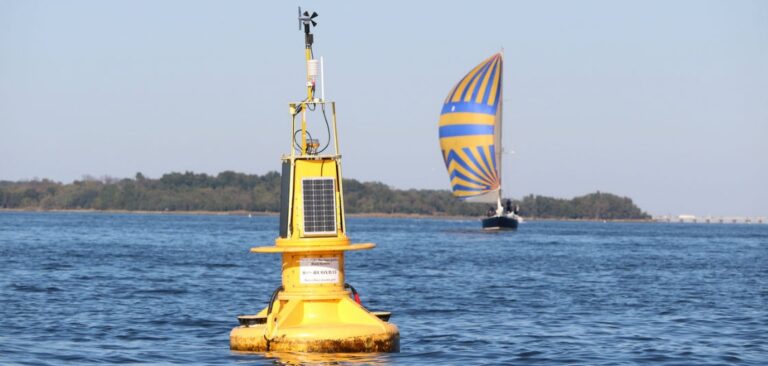US government scientists are offering US$3m to innovators able to demonstrate advancements in renewable-energy-powered ocean observing platforms. The prize will be given to researchers able to show innovations that allow greater integration of renewable power with ocean observations.
The competition, known as Powering the Blue Economy: Ocean Observing Prize, is a joint venture between the US National Oceanographic and Atmospheric Administration (NOAA), the US National Renewable Energy Laboratory (NREL) and the US Department of Energy.
Ocean observing platforms number a wide array of both stationary and mobile technologies including weather buoys. There are two different types of weather buoy: moored buoys, which are connected to the ocean bottom via chains or nylon rope; and drifting buoys, which drift in response to ocean currents and winds and make measurements of the atmospheric pressure, air and sea temperature and wind speed and direction.
Data from the buoys, which is relayed to ground stations via NOAA polar satellites, has proved useful in tracking the progress of hurricanes and ocean weather effects such as El Nino. But energy constraints on current weather buoys limit how long they can be deployed at sea, their sampling rate, and the volume and size of sensors that can be fitted to them.
By spurring the development of a new generation of renewable-powered ocean observing platforms, competition organizers are hoping that the contest will help alleviate some of these constraints.
The organizers have left open the type of renewable energy systems that could be fitted to the buoys, although it is possible that they could be designed to harness either wave or tidal power. Some buoys are already fitted with solar panels.
Rebecca Green, an oceanographer and the principal investigator leading the NREL team’s support of the prize, said, “NREL has a keen interest in advancing marine energy integration with ocean observing systems to enable expanded marine sensing and data collection with potential for tremendous societal value, including environmental monitoring, weather forecasting, early warning systems, and search and rescue efforts.”



